Smart Choices Start with Real Facts.
5 Fermented Foods That Have More Probiotics Than Curd

Wait, Is Curd Even That Great?
I used to think curd was the king of probiotics. Like most of us, I grew up seeing it on the plate every day — whether it was with paratha, rice, or just eaten plain on hot afternoons. It was always the go-to when my stomach felt off or someone in the house was taking antibiotics. “Have dahi, it’s good for your gut,” they’d say.
And yes, it is. But not that good.
Here’s the thing I learned the hard way — after dealing with regular bloating and random stomach issues — curd only has a couple of probiotic strains. That’s it. There are fermented foods out there that do a way better job at keeping your gut healthy, balanced, and, honestly, less gassy.
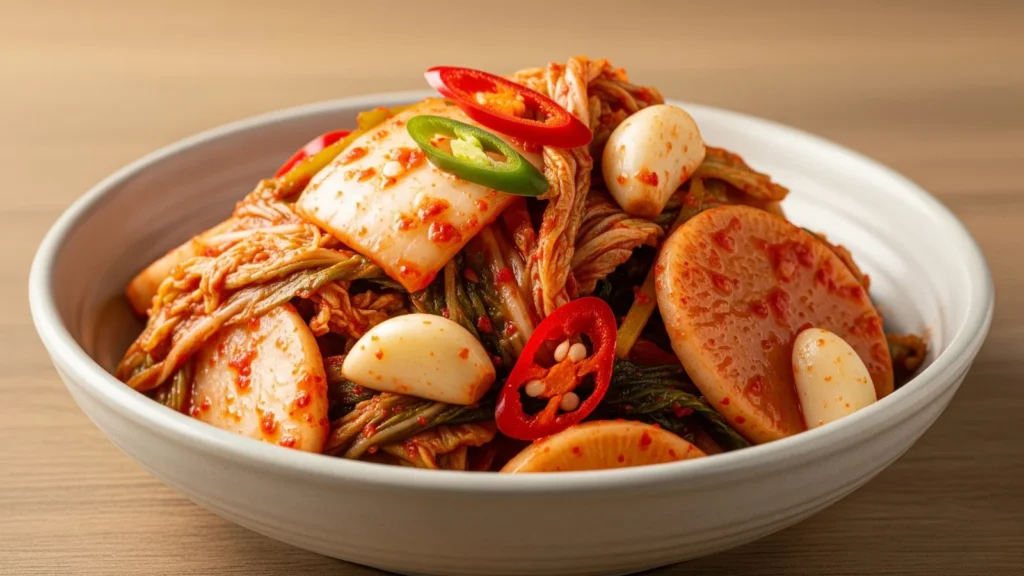
Kimchi – Spicy, Funky, Full of Bacteria
The first one that changed the game for me was kimchi. I had zero idea what it was until a friend made me try it in a Korean restaurant. It was weird at first — spicy, sour, kind of funky — but there was something oddly addictive about it. Later, when I read more about it, I found out that kimchi has a bunch of live bacteria from fermentation, and not just the two that the curd gives. It’s made from cabbage and radish, often with garlic and ginger, all of which already help digestion on their own. Add fermentation to that, and you’ve got a small spoonful of absolute gut dynamite.
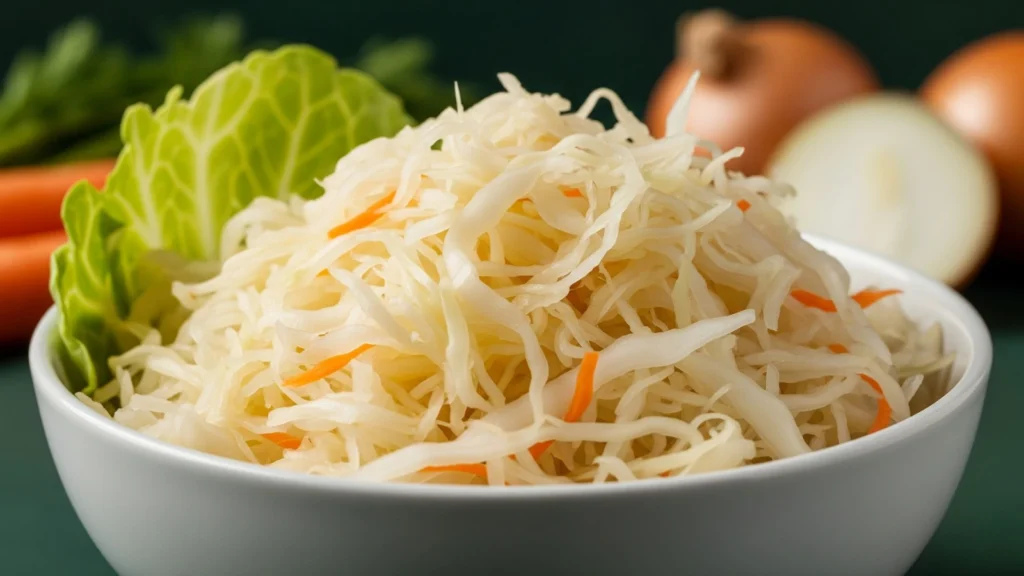
Sauerkraut – Less Flashy, Still Potent
Then there’s sauerkraut. Sounds fancy, but it’s fermented cabbage, too. But unlike kimchi, this one’s not spicy. It’s just sour, tangy, and kind of crunchy. You’ll mostly find it in German dishes or tucked in sandwiches. What surprised me the most is that raw sauerkraut, especially the kind that’s not pasteurised, often has more live cultures than curd by a long shot. I started throwing a small forkful of it on toast or in salad, and it started growing on me.
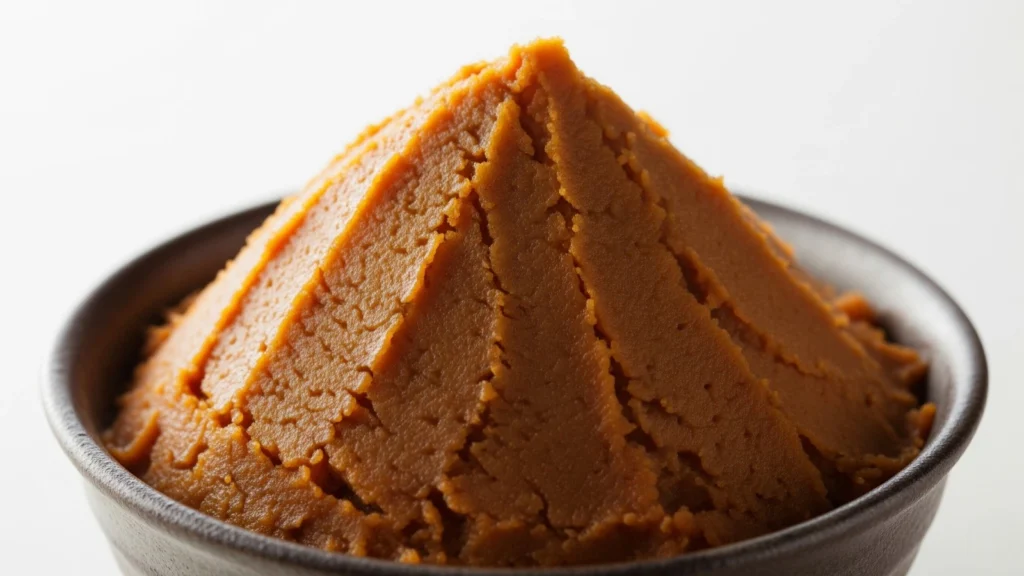
Miso – That Quiet Little Gut Helper
Another one that quietly does its job is miso. Now this one isn’t something you just snack on. It’s a paste — fermented soybeans, to be specific — and it’s mostly used in soups. Miso soup is probably the most common way people have it, but you can also mix it into sauces or marinades. It’s full of good bacteria, too, but the key is not to cook it too much. If you boil it, you’ll kill off most of the good stuff. I learned that the hard way when I dumped it straight into boiling broth. Rookie mistake. But once I started using it right, it became a quiet little addition to meals that helped in ways I didn’t even notice at first — less bloating, smoother digestion, and overall a lighter stomach.
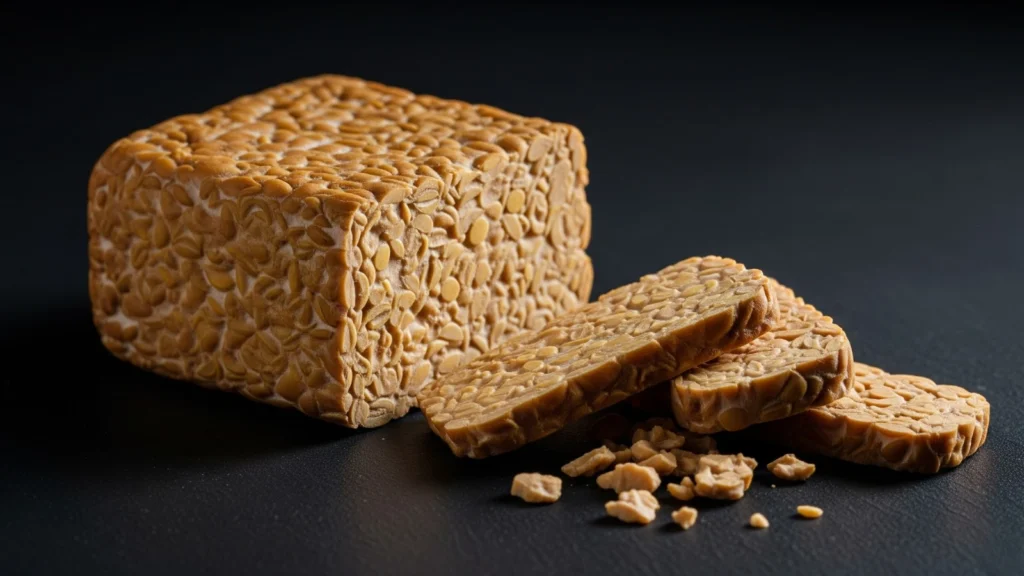
Tempeh – Protein Meets Probiotics
Tempeh, on the other hand, was new to me. It’s from Indonesia, and it’s also made from soybeans — but it’s very different from tofu. It’s firm, slightly nutty, and kind of earthy. At first, I didn’t know what to do with it, so I just grilled it like paneer. Turned out fine. What I didn’t realise until later was that it’s fermented, which means it brings in not only bacteria but also some fungi that help your gut balance. And bonus — it’s got protein. Like, a lot of it. So it sort of acts as a gut-friendly meat alternative if you’re into that sort of thing.
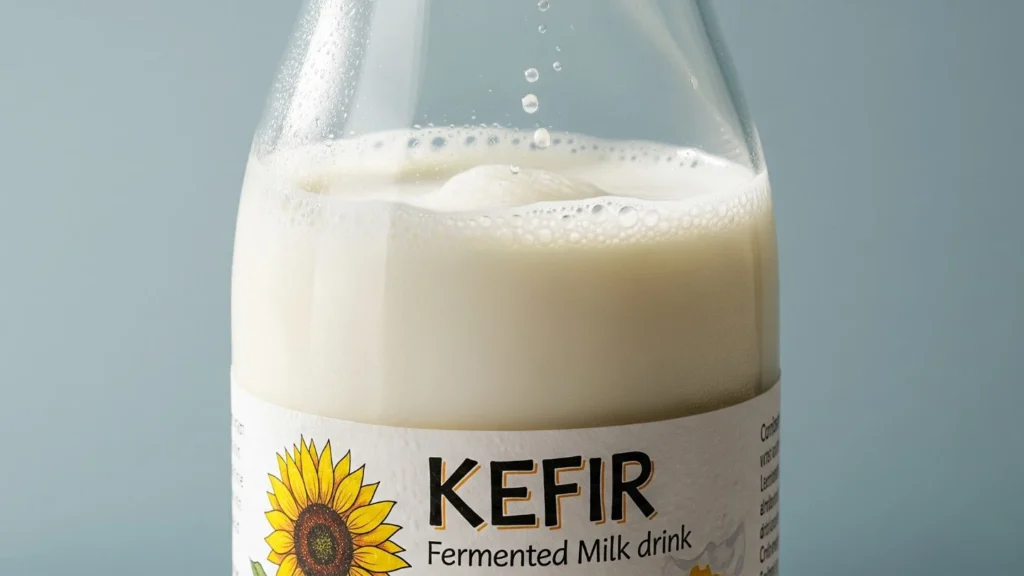
Kefir – Curd, But Supercharged
Now let’s talk about kefir. If you’ve ever had curd and thought, “I wish this were thinner and had a bit of a kick,” that’s kefir. It’s fermented milk, but it’s a drink, not something you scoop out with a spoon. Kefir is a bit tangy, sometimes fizzy, and loaded with a ridiculous number of probiotic strains. I’m talking 30 or more, depending on how it’s made. Compared to curd’s usual 2 or 3? It’s in a whole other league. I started with a plain version, but then found flavoured kefir that made things easier to sip. And even though it’s made from milk, it’s usually tolerated better by people who can’t handle regular dairy. That was a big plus for someone in my house who always avoided curd for that reason.
| Food | Probiotic Power | Dairy-Free? | Extra Benefits |
|---|---|---|---|
| Kimchi | High | ✅ | Spicy, rich in antioxidants |
| Sauerkraut | High | ✅ | Full of fibre, cheap to make |
| Miso | Medium-High | ✅ | Umami-rich, contains minerals |
| Tempeh | Moderate | ✅ | High protein, gut fungi |
| Kefir | Very High | ❌ (low-lactose) | Super diverse bacterial strains |
| Curd | Low-Moderate | ❌ | Simple, easy, but limited strains |
Final Thoughts – Don’t Ditch Curd, But Don’t Rely on It
Now, I’m not saying curd is useless. It’s still something I eat regularly, especially when nothing else is available or when I just want something light with rice. But I don’t depend on it like I used to. Curd is fine, but if you’re serious about taking care of your gut — especially if you’ve been dealing with bloating, sluggish digestion, or skin issues — you’ll want to bring in more variety.
Each of these fermented foods brings something a little different to the table. Kimchi and sauerkraut are veggie-based and packed with fibre. Miso adds depth to your meals and subtly supports your gut. Tempeh gives you gut health and a protein boost. Kefir is like curd on steroids, but in a good way.
You don’t need all of them every day. Honestly, even just adding one or two to your diet a few times a week can make a noticeable difference. And if you’re anything like me, you’ll enjoy the process of trying new things, experimenting with how to eat them, and seeing how your body reacts.
So yeah, curd’s great — but there’s a whole fermented world out there, and your gut deserves to explore it.





